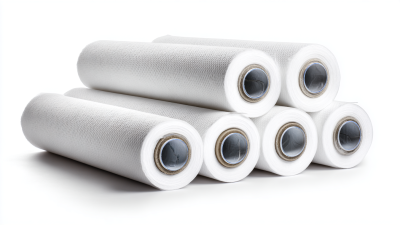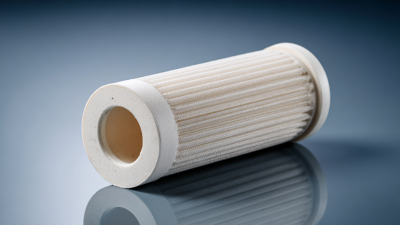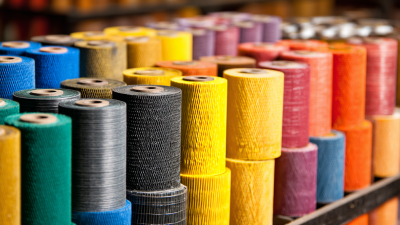Leave Your Message
Request a Quote
The quality of water is a critical factor affecting both health and environmental sustainability, making the selection of an appropriate Filter Cartridge essential. According to the World Health Organization, contaminated water is a leading cause of disease, contributing to more than 2 million deaths annually. As consumers increasingly prioritize water safety, the global water filter market is projected to reach $45.5 billion by 2025, with a significant share attributed to innovations in filter cartridge technology. Selecting the right Filter Cartridge not only ensures the removal of harmful pollutants but also optimizes water taste and odor, enhancing overall water quality. With advancements in filtration methods, understanding the specific needs, such as particulate removal and chemical adsorption capacities, becomes paramount for both residential and industrial applications. This guide will explore the essential factors in Filter Cartridge selection to empower consumers in optimizing their water quality effectively.
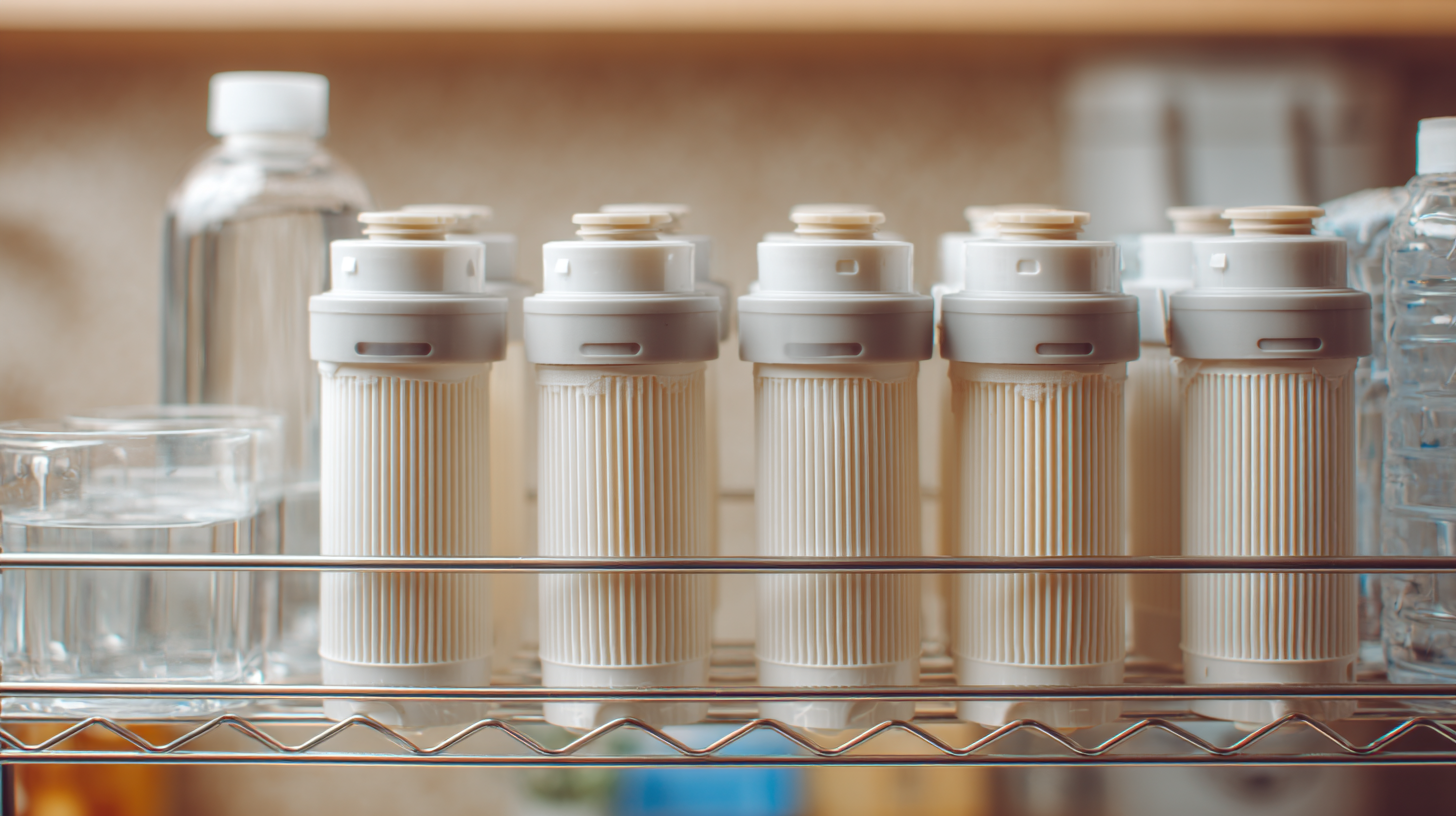
Understanding the various contaminants present in water is crucial for optimizing water quality through the selection of the right filter cartridge. According to the Environmental Protection Agency (EPA), over 80% of the U.S. water supply is treated surface water, which can carry pollutants such as heavy metals, bacteria, and organic chemicals. A recent study by the Water Quality Research Foundation indicates that specific filter cartridges can remove up to 99% of common water contaminants, making informed selection essential for ensuring safety.
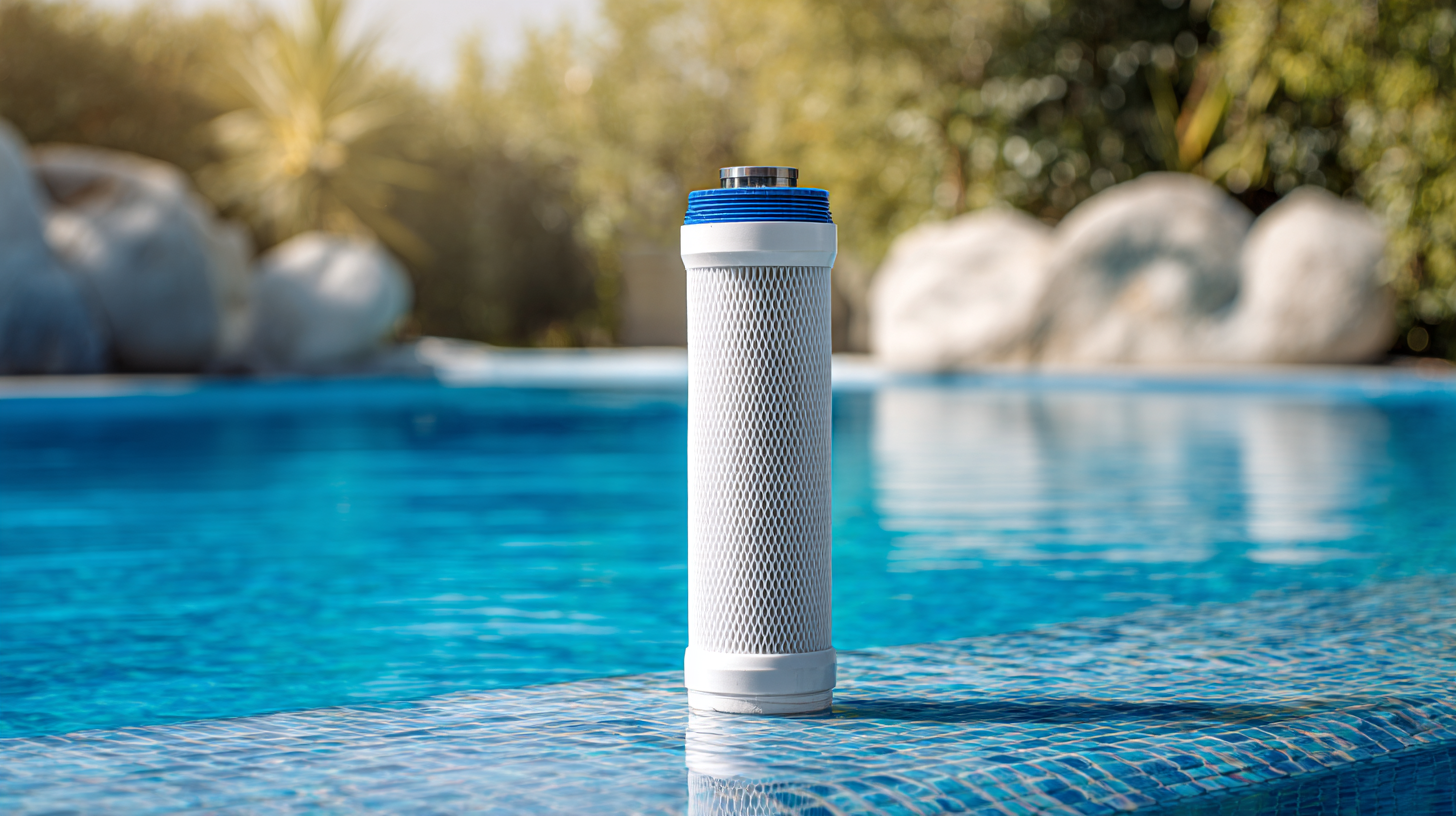
The filter cartridge's material plays a significant role in its effectiveness against particular contaminants. For instance, activated carbon cartridges are highly efficient in absorbing chlorine and volatile organic compounds, while reverse osmosis membranes can effectively remove dissolved solids and heavy metals. According to the National Sanitation Foundation (NSF), filters that meet their certification standards provide reliable contaminant reduction, which is vital as 29% of U.S. households rely on well water potentially contaminated with pathogens and chemicals. Understanding these dynamics not only helps in selecting the right filter cartridge but also contributes to broader efforts in safeguarding public health.
When it comes to optimizing water quality, selecting the right filter cartridge is crucial. Different types of filter cartridges cater to various water quality issues, ensuring that you can address specific contaminants effectively. For instance, activated carbon filters excel at removing chlorine, sediment, and volatile organic compounds (VOCs), significantly improving taste and odor. These are ideal for municipal water supplies where chlorine levels may be high.
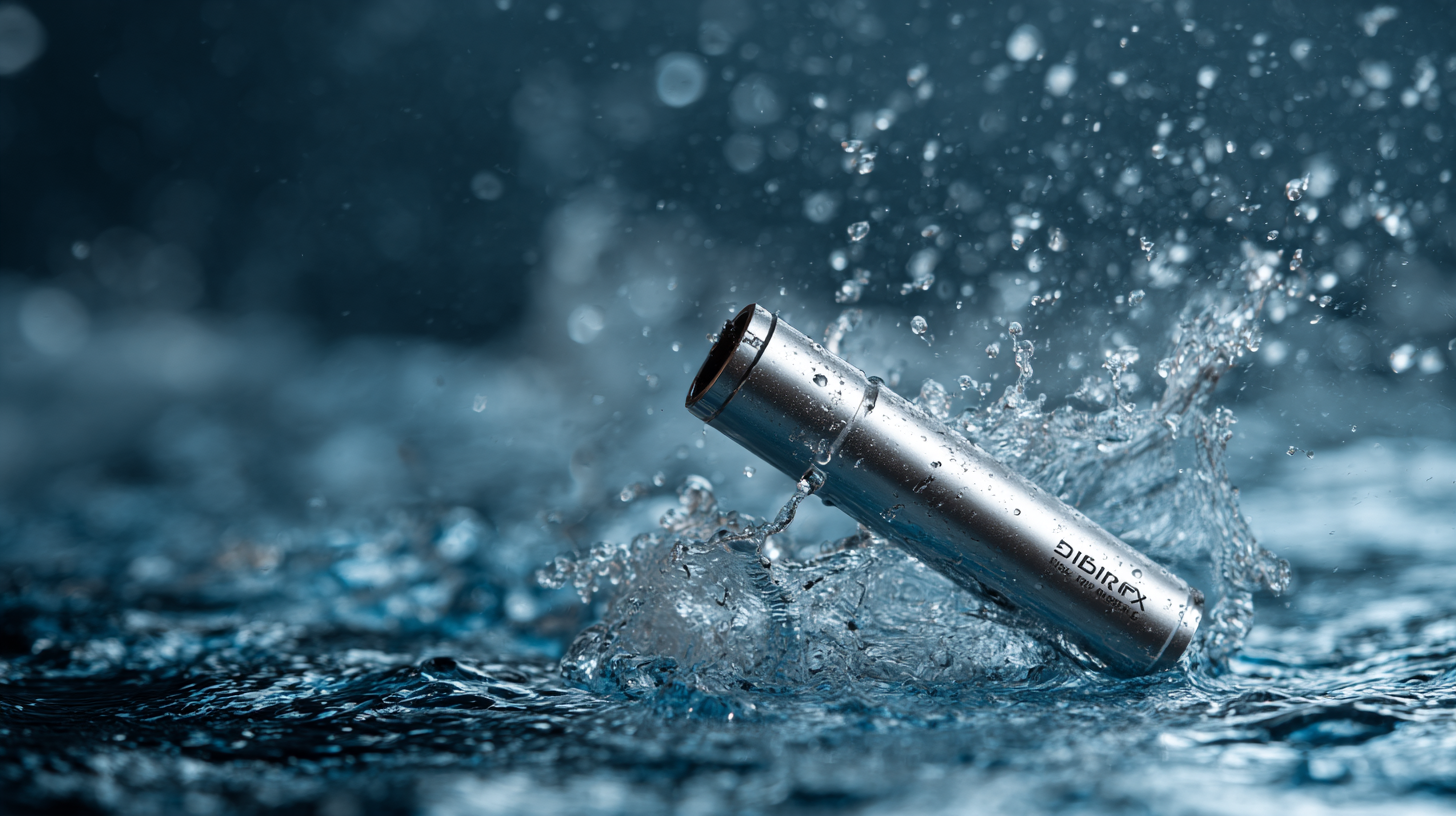
On the other hand, if your water source has high levels of heavy metals or specific chemical contaminants, look into reverse osmosis (RO) cartridges. These filters are designed to remove particles as small as 0.001 microns, providing thorough purification. Additionally, KDF (Kinetic Degradation Fluxion) filters are excellent for reducing heavy metals and bacteria, making them suitable for well water and areas with poor water quality. By understanding the types of filter cartridges available and the unique quality of your water, you can make an informed decision that ensures clean, safe drinking water tailored to your needs.
When selecting filter cartridges, understanding filter efficiency is crucial. One key aspect to consider is how to read performance data and certifications that assure the quality of the filtration system. According to the Water Quality Association (WQA), filter cartridges can reduce contaminants such as chlorine, lead, and sediment, which are often measured in terms of performance metrics like flow rate and contaminant reduction capacity. For instance, a cartridge certified under NSF/ANSI standards must demonstrate the ability to reduce specific contaminants by at least 85%, providing assurance of its effectiveness.
In addition, examining performance data from product certifications can reveal important insights. Many reputable filters are tested for their removal efficiency based on recognized standards like NSF/ANSI 53 for health-related contaminants. A detailed product data sheet typically includes information on the filter's lifespan and the volume of water it can purify before replacement is necessary. Filters that showcase high ratings for contaminant reduction not only improve water quality but also often hold certifications that validate their claims, ensuring consumers are making informed choices for their water purification needs.
Maintaining your filter system is crucial for ensuring water quality and extending the lifespan of your equipment. Regular maintenance practices, such as timely cartridge replacement and routine cleaning, can significantly enhance the filter’s effectiveness. According to the Water Quality Association, a well-maintained filtration system can reduce contaminants by up to 99%, underscoring the importance of selecting the right cartridge tailored for specific water issues. A study published in the Journal of Water Supply Research and Technology reveals that inconsistent cartridge replacement can lead to a decrease in filtration performance by as much as 50% within just a few months.
To ensure optimal performance, it's essential to follow the manufacturer's recommendations regarding cartridge lifespan and replacement intervals. Monitoring water quality parameters, such as pH, chlorine levels, and turbidity, can also inform users about when to replace filter cartridges. The Environmental Protection Agency notes that failing to change filter cartridges not only compromises the quality of the filtered water but also places unnecessary strain on the system, potentially shortening its operational life. Incorporating these best practices into your filter maintenance routine will ensure that you achieve the cleanest and safest water possible while optimizing your system's longevity.
| Filter Type | Particle Removal Efficiency | Recommended Replacement Period | Price Range (USD) | Maintenance Tips |
|---|---|---|---|---|
| Carbon Block | 95% - 99% | 6 months | $15 - $50 | Replace every 6 months, rinse before use. |
| Reverse Osmosis | 98% - 99% | 2 years | $50 - $200 | Change pre-filters every 6 months, check pressure regularly. |
| Sediment Filter | 90% - 95% | 12 months | $10 - $30 | Inspect monthly and replace if clogged. |
| UV Filter | 99.99% | 12 months (lamp) | $75 - $150 | Replace UV lamp annually, clean regularly. |
When selecting filter cartridges for optimizing water quality, cost-effectiveness becomes a crucial consideration. Balancing quality with budget constraints can be challenging, but making informed choices can lead to both financial savings and improved water quality. Investing in high-quality filter cartridges often results in longer lifespans and better filtration performance, reducing the need for frequent replacements.
**Tips:** Before making a purchase, assess your specific water quality needs. Research various brands and read reviews to determine which cartridges provide the best longevity and filtration capabilities for your water source. Additionally, consider bulk purchasing options, as buying in larger quantities can lead to significant savings over time.
Another effective strategy is to prioritize cartridges that offer multi-stage filtration. These products tend to address multiple contaminants, potentially reducing the overall number of cartridges you need to buy. This not only enhances your water quality but also optimizes your budget by minimizing expenses on separate cartridges for different contaminants.
